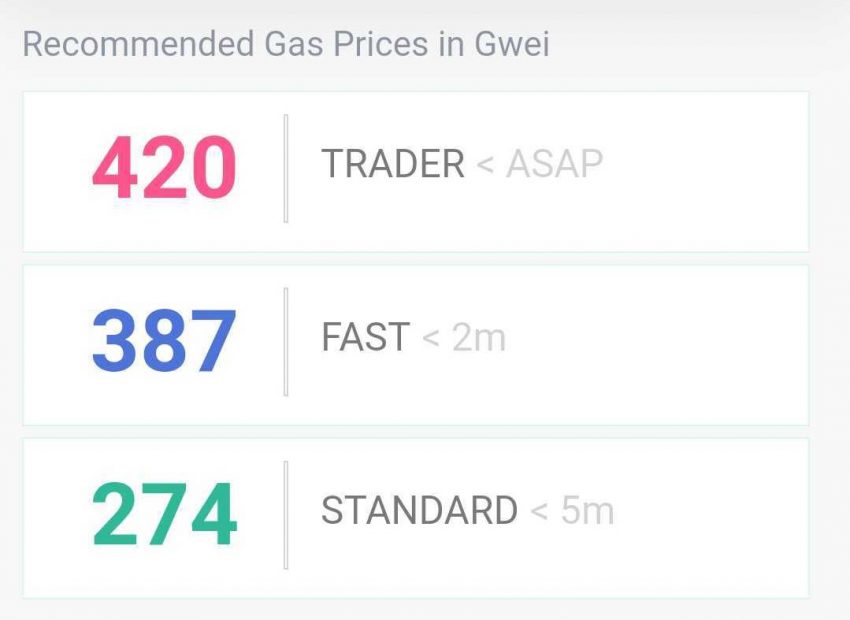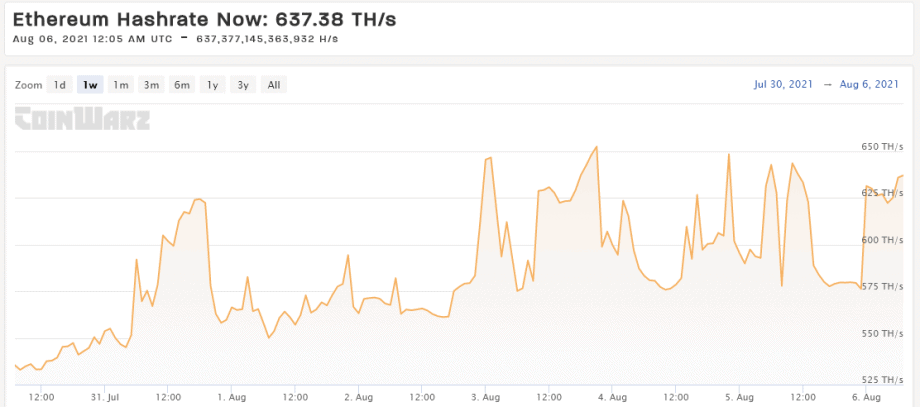The ether furnace is on: Ethereum burns 10 million US dollars a day
3 min readWith yesterday’s London Hard Fork, a new age has dawned for ETH: From now on, Ether (ETH) will be burned with every transaction. For Vitalik Buterin, one thing is certain: London shows that ETH is able to make significant changes. The market update.
At the end of the week, the crypto market shows its bullish side. The key crypto currency BTC has launched another attack on USD 40,000 and at the time of going to press is printing a healthy daily increase of 5.26 percent at USD 41,123. The Ether course (ETH) is also still on the upswing. At USD 2,786, ETH is trading four percent above the previous day’s level.
The London upgrade was carried out at block height 12,965,000. Its main component is EIP-1559 (E.thereum I.mprovement P.roposal), which brings radical changes to the fee model of ETH. Up until now, ETH used an auction model in which the initiator of a transaction could freely determine the gas fees. Those who pay more have a greater chance that their transaction will be included in a block by a miner. Ether blocks have a gas fee limit, which means that space is limited. In times of high network utilization, this had repeatedly led to significant gas price fluctuations.
With EIP-1559, not only was the gas fee limit for the ETH blocks doubled to 25 million gas units, but a so-called base fee was also introduced. This basic fee adapts flexibly to the block utilization. If the gas fees in a block exceed the target value of 50 percent of the limit, the base fee per gas unit increases.
Over 4,000 ethers (ETH) already destroyed
The highlight: the base fee has a deflationary influence on ether. Because instead of flowing into the miner’s wallet, the collected gas fees of a block are destroyed. The burn rate is currently 1.93 ethers per minute. In the past 24 hours (with London not quite that old as of press time), the network has burned an average of 2.89 ETH / min. At the time of writing, 4,162 ethers (ETH) have already been destroyed since London. At the current Ether rate, this corresponds to around USD 11 million.
Fee problem only partially curbed
Even if thousands of ethers go into the virtual furnace every day, the miners don’t have to do without a “tip”. It is still possible to add a tip to your transaction in order to get it into a block more quickly.
A look at the hash rate suggests that ether mining is still profitable even after the introduction of EIP-1559. Data from CoinWarz show a significant increase in the ETH hash rate after the London upgrade.
The gas fees have currently stabilized at a low level between 25 and 30 Gwei (Gigawei, corresponds to 0.000000001 ETH – a “nanoether”).



That looked quite different yesterday evening:



Even if the fees are currently at a low level, lowering them was not the main concern of EIP-1559. Yesterday evening showed that rashes are still possible. However, since the increased use of Layer 2 networks such as Polygon (MATIC), the fee problem has already eased significantly before London. In comparison, the currently low ETH fees still look significantly more expensive than on its “Internet of Blockchains”.

Vitalik Buterin: ETH 2 can come
In the meantime, ETH founder Vitalik Buterin was delighted with the successful course of the London Hard Fork – also with regard to the upcoming mammoth project, the switch to Proof-of-Stake. Opposite the news portal Bloomberg Singapore explained Buterin on Thursday said London was “proof that the ETH ecosystem is capable of making significant changes”.







